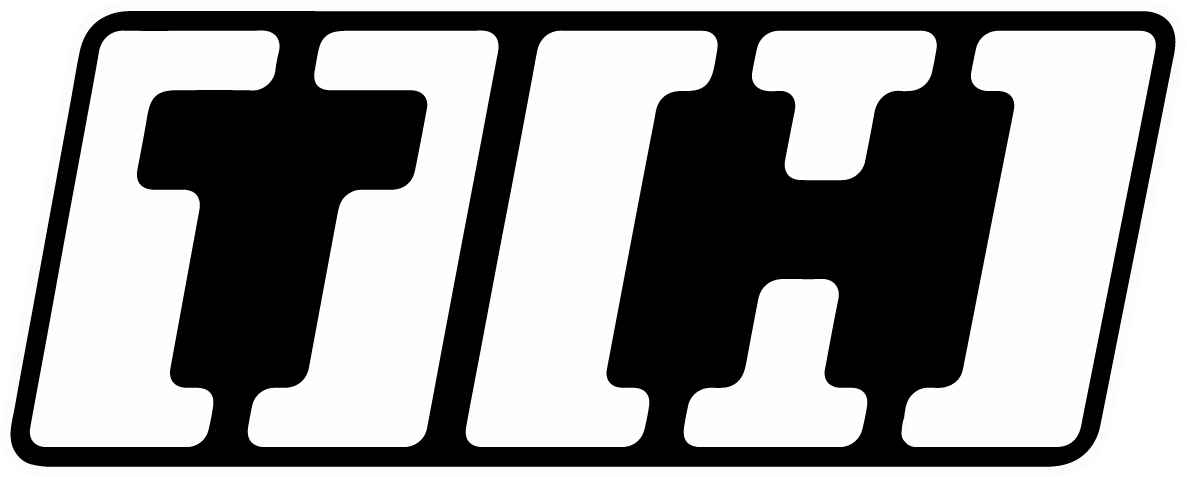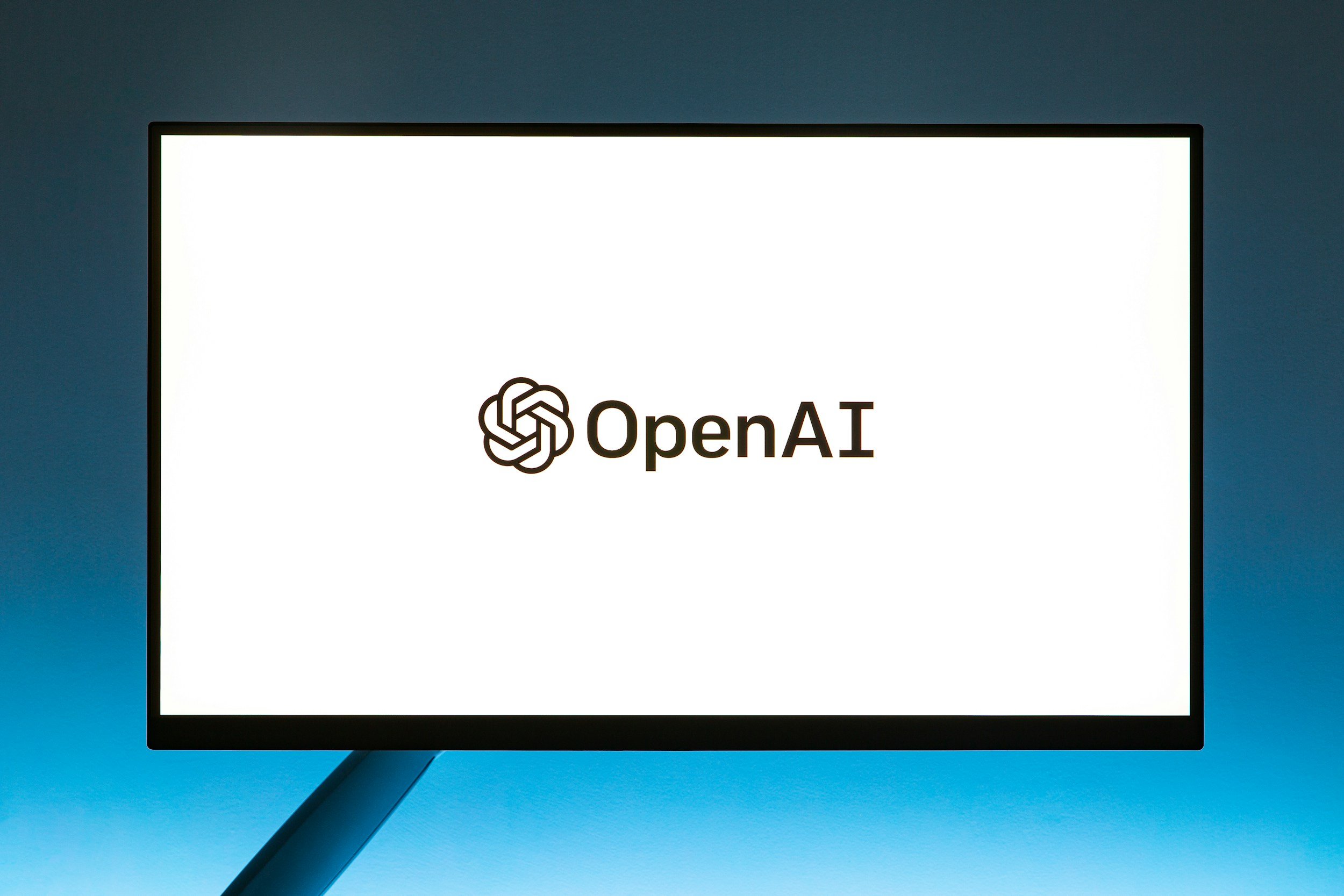How to Cast Meta Quest 3 to a TV – An Easy Guide
When you purchase through links on my site, I may earn an affiliate commission. Here’s how it works.
Table of Contents Show
Have you ever wished you could share the thrill of your Meta Quest 3 VR adventures on a larger canvas? Good news!
I've put together this simple, step-by-step guide to guide you through it.
So stick around as we navigate through the process and tackle common challenges. Without further ado, let's dive in!
1. Preparing Your Meta Quest 3
Before we dive into the immersive world of Meta Quest 3, it’s crucial to ensure that all the necessary devices are correctly set up.
Here's how:
1. Ensure Meta Quest 3 and TV Are Connected to Same Wi-Fi Network
Your Meta Quest 3 and TV should both be on the same Wi-Fi network. This is a non-negotiable step to successfully cast your VR experience to your TV.
So, double-check those network settings before you proceed. If you're having trouble connecting, don't worry, Meta has a detailed troubleshooting guide to help you out.
2. Install Any Necessary Apps or Devices (Like Chromecast)
Next up, let's talk about casting devices. If your TV supports screen mirroring or casting, you're good to go.
However, if it doesn't, you’ll need a device like a Chromecast. Once installed, make sure it's connected to the same Wi-Fi network as your Meta Quest 3.
Take your time with these steps, ensuring each device is correctly set up and connected. Once done, you're all set to bring your Meta Quest 3 experiences to the big screen.
2. How to Cast Meta Quest 3 to TV
Alright, let's get into the nitty-gritty of how to cast your Meta Quest 3 to your TV.
Step 1: Opening the Universal Menu in the Meta Quest 3 Headset
First things first, you need to power on your Meta Quest 3 and put on the headset. Once you're in, press the Oculus button on your controller to open the universal menu.
Step 2: Selecting the Camera and then 'Cast'
Next, select the camera icon from the menu. You'll then see an option to 'cast'.
Step 3: Choosing the Device to Cast to (TV or Chromecast)
Finally, you'll need to select the device you want to cast to from the list of available devices. In this case, that's your TV or your Chromecast.
If you've got everything set up correctly as per the previous section, your TV should appear on this list.
Once you select it, your Meta Quest 3 screen will be mirrored on your TV, letting everyone share in your VR adventures.
And just like that, you're casting your Meta Quest 3 to your TV. It's a simple process once you know what to do, and it opens up a world of possibilities for sharing and enjoying your VR experiences.
3. Why Is My Meta Quest 3 Not Casting to TV?
Even with the best of setups, things can sometimes go awry. But don't worry, that's why this section is here.
I'll walk through some common issues you might encounter and how to resolve them.
Can't Connect Your Meta Quest 3?
First up, what do you do if your Meta Quest 3 and your TV just refuse to connect? There could be a myriad of reasons for this.
One of the usual suspects is a slow or unstable network. If your Wi-Fi signal is acting up, or it's slower than a snail on vacation, it can mess with the casting process.
In that case, consider moving closer to your router for a more reliable connection.
Now, let's talk hardware. Make sure all your devices – your Meta Quest 3, Chromecast, and TV – are correctly plugged in and powered up.
It's simple, but you'd be surprised how often loose connections can throw a wrench in the works.
And when all else fails, remember this golden rule: When in doubt, reboot. Sometimes, a quick restart is all it takes to get your tech back in sync.
Chromecast Casting Issues
So what if your devices are connecting, but you're still having trouble casting to your Chromecast? Again, there could be several factors at play.
One potential issue could be an IP address mix-up or plugging a device into the wrong subnet. This can cause some serious miscommunication between your Meta Quest 3 and Chromecast.
So, double-check that all your devices are on the same network.
Another factor that might be slowing you down is CPU overload. If you've got too many apps or processes running in the background, it can bog down your casting.
Try shutting down any non-essential apps to free up some CPU power.
Conclusion
And just like that, you're all geared up to share your Meta Quest 3 VR adventures on the grand stage of your TV screen. The real charm of technology isn't just in its usage, but in the shared experiences it creates.
If you hit a snag, revisit this guide or drop a comment. We're here to help.
Now, I'd love to hear from you. Have you casted your Meta Quest 3 to your TV yet? How does it enhance your gaming experience? Share your thoughts in the comments below, or connect with me on social media.
Don't forget to subscribe to my newsletter for more guides, reviews, and tech updates.
See you next time. Thank you very much for reading!
FAQ
-
You'll need a Meta Quest 3 headset, your television, and a stable Wi-Fi connection.
Some methods may require additional hardware like a Chromecast device or an HDMI adapter for iPhones.
-
As long as your TV has the capability to receive a wireless signal (Smart TVs) or has an HDMI port (for methods using adapters), you should be able to cast your Meta Quest 3 games to it.
-
There can be a slight delay due to the nature of wireless transmission, but it's typically minimal and won't impact the viewing experience significantly.
-
Casting Meta Quest 3 typically requires a Wi-Fi network.
However, if you're using an iPhone with an HDMI adapter, you can cast directly via the adapter without needing Wi-Fi.
-
Yes, you should be able to cast any game or application that runs on Meta Quest 3 to your TV.
-
Casting can consume more battery power, but the impact is generally not significant enough to drastically reduce your play time.
-
Only the person who initiates the casting can control it.
However, others can watch the gameplay on the TV screen.
-
Ensure your Wi-Fi connection is stable and strong.
If you're using a casting device like Chromecast, make sure it's not too far from your headset or the Wi-Fi router.
MOST POPULAR
LATEST ARTICLES

















